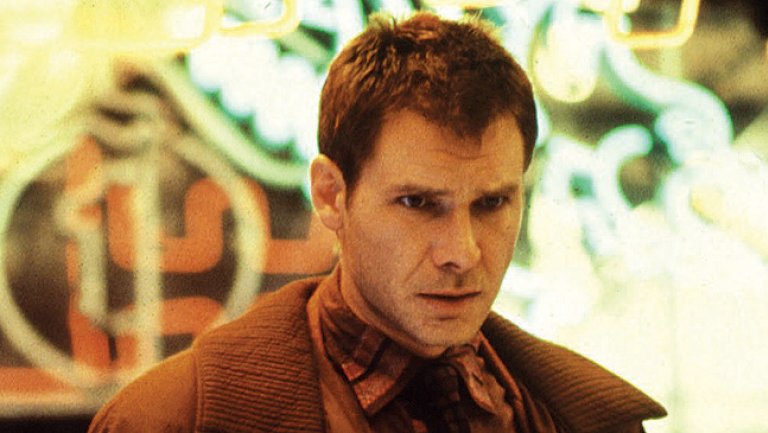
In this post-modernist age, it can be argued that there is no such thing as an original film anymore. Everything is stolen, borrowed, remade, re-imagined and re-hashed. Movie ideas now come from books, comics, video games, board games, magazines, newspapers, radio, plays, music, cartoons, TV shows, theme parks, short films and even other films.
However, in the world of filmmaking, one’s loyalty to source material can vary. On one end, you have films like No Country for Old Men, where brothers Joel and Ethan Coen were so faithful to Cormac McCarthy’s novel that they reportedly wrote the script with one brother typing and the other reading from the novel.
On the other end, filmmakers can simply take an idea, character, plot or even just the title, usually an attempt to market a completely different film to the source material’s fans. Some of these films vary from the boring to the outrageous. Some, however, get things just right.
This is not a list of which films are the best, but rather a list of films that have changed more from their subject matter but have still some how worked.
10. I Know What You Did Last Summer
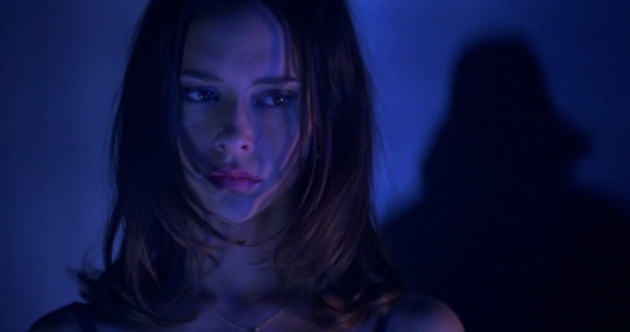
The film that brought about the conclusion of 90’s slasher horror and started a catchphrase that moved from iconic to the satirical. Just like his sophomore debut with the genre bending classic Scream, Kevin Williamson was able to leave his mark on the horror franchise once again. What isn’t known about the film is that it is based on a little known YA novel.
Author Lois Duncan made a name for herself in the 1960’s and 1970’s, writing children’s literature and suspense novel. One of these novels was the thriller I Know What You Did Last Summer. The concept is much the same as the film; a group of teenagers commit a hit and run, conceal the crime and find themselves being stalked by an unknown figure.
Williamson’s inclusion of slasher elements, however, did not bode well with the author. In 1989, Duncan’s youngest daughter was murdered and the case was never solved. The crime was so traumatic that Duncan turned to writing children’s literature, unable to return to YA thrillers. Duncan passed away in June 2016 and her daughter’s murder, which she spent years investigating, remains unsolved.
9. The Fly
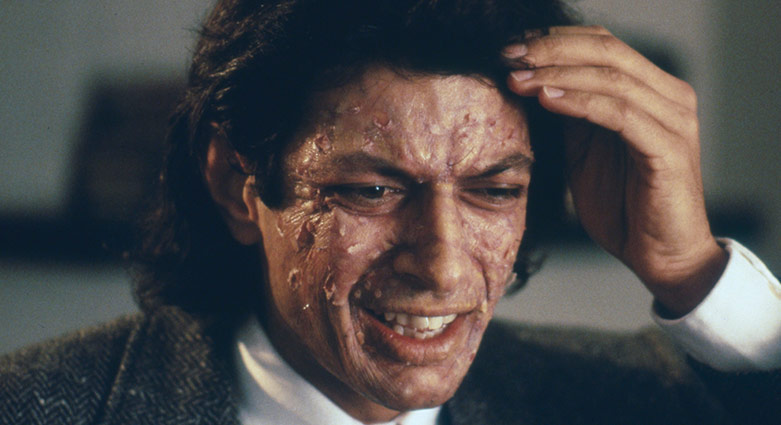
Remakes of horror films are generally a lazy attempt to market a previously successful title, franchise, character or style to an audience already hooked on horror nostalgia. Audiences are yet to tire of possession and ‘found footage’ horror. For some, however, remakes offer filmmakers an opportunity to explore contemporary themes and concepts.
The Fly was one such film.
The original 1958 classic was released at the height of horror icon Vincent Price’s fame. Based on George Langelaan short story, the film follows a scientists attempt to develop a transporter only for the device to malfunction, swapping said scientist’s head and arm with that of fly. By today’s standards of horror, the concept is laughable. Even The Simpsons turned Bart into the fly.
For David Cronenberg, however, The Fly was less of a campy horror film designed to frighten conservative 1950’s American society, and more of sledgehammer to the head metaphor of the AIDs epidemic that was gripping the world. Our mutated scientist is less humorous body swap, and more decaying corpse that spits acid. Part Kafka, part The Thing, Cronenberg not only continued the theme of science gone too far, but took it to new, terrifying heights.
8. Strangers on a Train
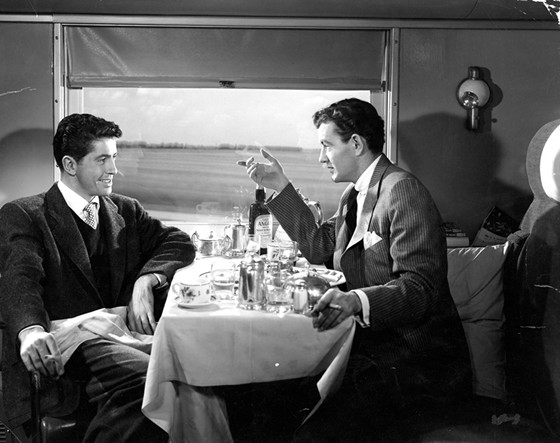
Two men meet on a train. Each one has someone in their lives they want to get rid of. They suggest exchanging victims to create the perfect murders. One thinks it is a joke. The other does not.
It is the type of original pitch that could guarantee you success and for author Patricia Highsmith, it was the type that got the great Alfred Hitchcock to adapt her novel. But even the work of the great Highsmith was not above potential changes for the Master of Suspense. In the film, psychopath Bruno commits his part of the deal and spends the rest of the film playing mind games with Guy who must outwit the psychopathic Bruno.
In the Highsmith original, both murders are committed. Guy, under pressure from Bruno, gives in and commits his murder. The rest of the novel deals with guilt and suspicion as the pair are under the watchful eye of the police.
Interesting choice for Hitchcock who decided to focus on a more conventional, stalker thriller (like North by Northwest), rather than a film that explored the deeper psychological themes and a Dostoevsky-esque philosophy over murder (like Psycho or Vertigo). Still, Strangers on a Train remains one of Hitchcock’s classics.
7. Jaws

Jaws was the surprise hit of 1975. Shot by an unknown director, many expected another B-Grade cheesy horror flick. Instead what they got was not only the film that started summer blockbusters, but also a film that scared the psyches of filmgoers everywhere.
While John Williams’ haunting score, Steven Spielberg’s masterful direction and the special effects (including the infamous malfunctioning mechanical shark ‘Bruce’) all contributed to the films success, one overlooked aspect were the performances.
Roy Schneider, Richard Dreyfuss and Robert Shaw made this film. Brody’s stiffness, Hooper’s sarcasm and Quint’s craziness turned what could have been a generic monster film into a three-man buddy-cop film with our heroes getting drunk on scotch and singing Show Me the Way to Go Home.
Remember that scene where Quint learns of Hooper’s plan to go into the ocean in a shark cage? Remember his famous wordplay? “Cage goes into water, you go in the water. Shark’s in the water, our shark.” Quint may have been on to something. In the book, written by Peter Benchley, the Great White breaks into the cage and devours Hooper. Quite shocking as Hooper was probably a favourite amongst the fans.
Not if you have read the book. Benchley goes into detail about how a narcissistic Hooper and a neglected Mrs. Brody have an affair and how Brody comes to learn of the infidelity throughout the novel. Spielberg was definitely smart to remove the affair, promising us a happy ending as Brody and Hooper paddle to safety exchanging banter as opposed to a lone survivor returning home to confront his crumbling marriage.
6. First Blood
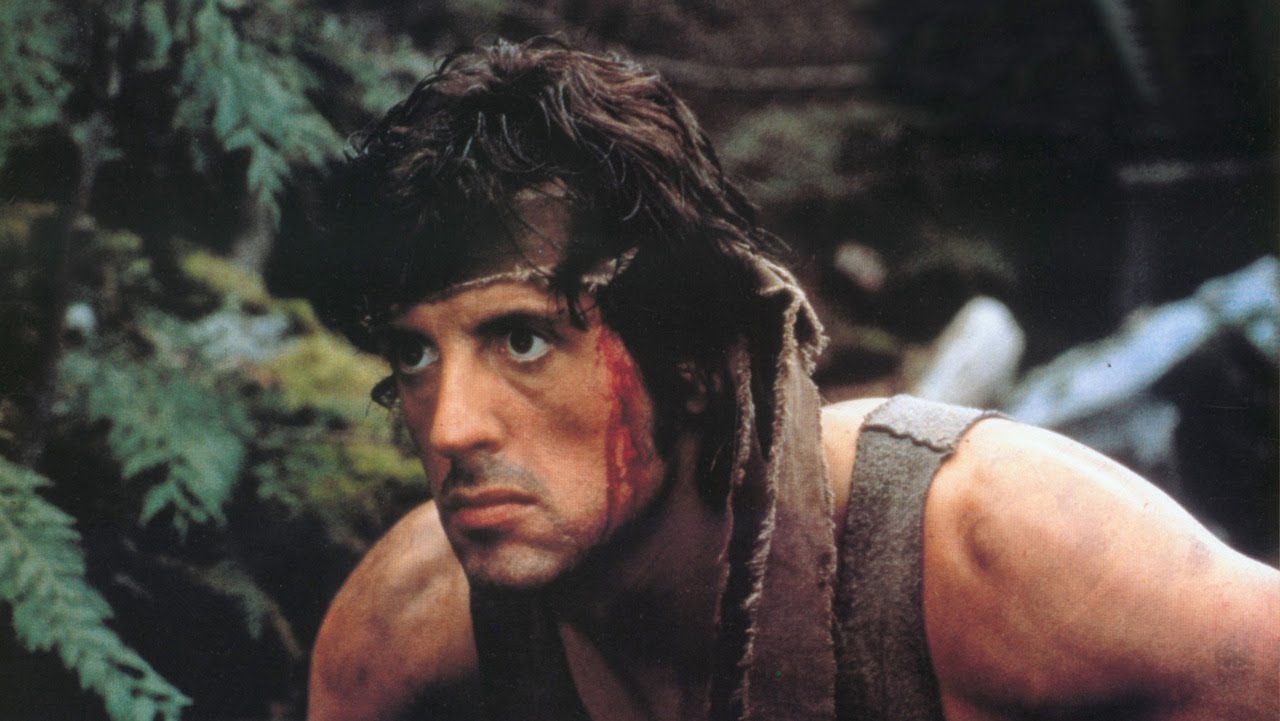
What if you were told that John Rambo, the haunted war veteran made famous by Sylvester Stallone in four films, was actually the bad guy? Okay, in the original 1972 novel, written by David Morrell, it is not as black and white as that but Rambo was never written as a gun totting hero annihilating scores of North Vietnamese, Russian and Burmese troops like we see in the sequels.
Just like in the film, Rambo is a Vietnam veteran and former POW who is arrested in a small town. Triggered by his incarceration, he goes on the rampage and disappears into the mountains. But unlike the film, there are casualties.
Morrells Rambo is involved in the deaths of numerous police officers, soldiers and even civilians. The military sends in Colonel Trautman (Richard Crenna’s role) who is not the wise mentor pulling Rambo back from the abyss, but is the opposing force, the villain to Rambo’s hero…or possibly the hero to Rambo’s villain.
Unlike the film, Morrell’s novel offers no hope, no glimpse of a happy ending and no chance for a sequel.